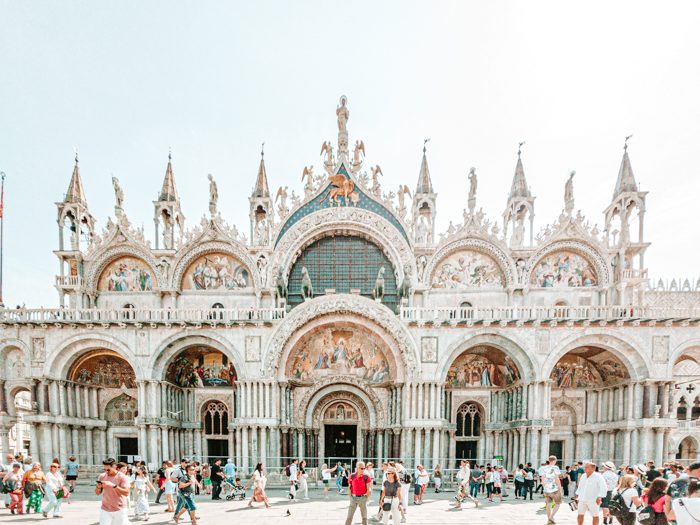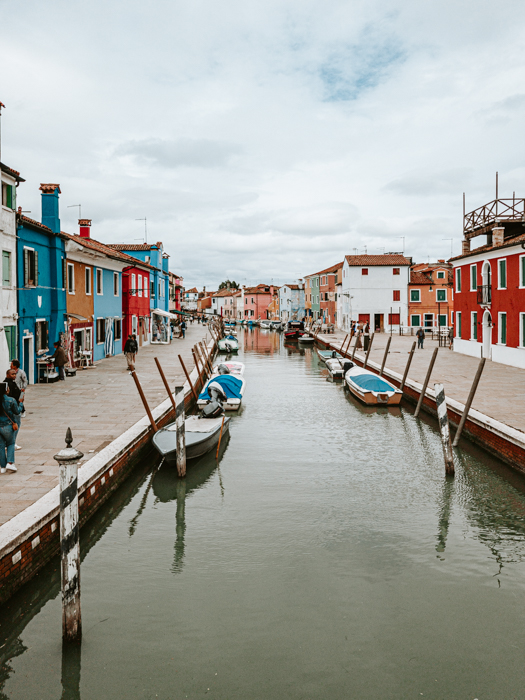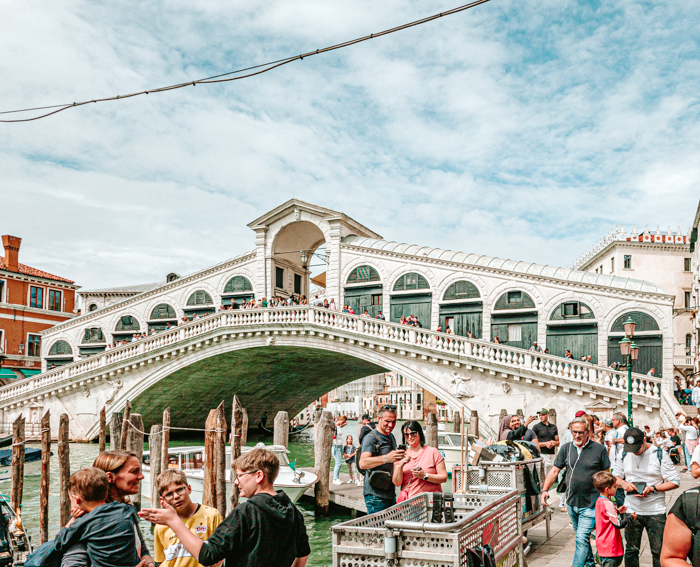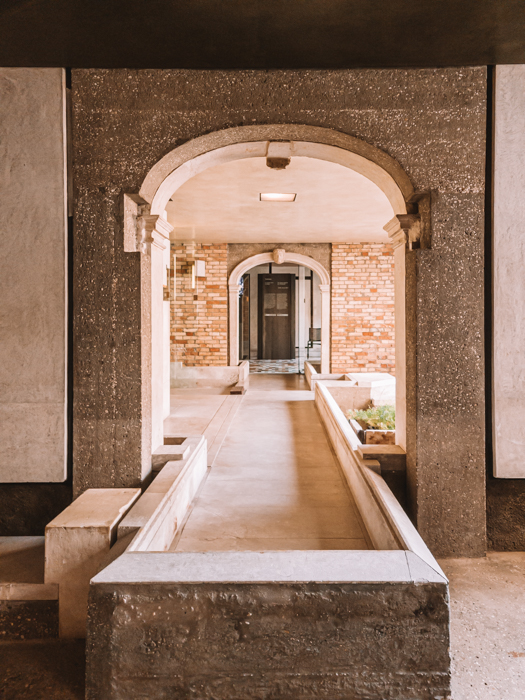VENICE
The architecture in Venice is a unique and captivating blend of Byzantine, Gothic, Renaissance, and Baroque styles. As a city built on a series of islands connected by canals, Venice's architecture is characterized by its grand palaces, elegant churches, and iconic bridges.
The focal point of Venice's architectural landscape is the Piazza San Marco (St. Mark's Square) and its surrounding buildings. The Basilica di San Marco (St. Mark's Basilica) is a stunning example of Byzantine architecture, adorned with intricate mosaics, marble columns, and domes. The Campanile di San Marco (St. Mark's Campanile) stands tall as a prominent bell tower offering panoramic views of the city.
Venice is renowned for its palaces, such as the Doge's Palace (Palazzo Ducale). This impressive Gothic palace served as the residence of the Doge, the ruler of Venice, and now stands as a museum. Its exterior is adorned with delicate tracery, while the interior boasts exquisite artworks and lavish rooms.
Venice's architecture is also intricately connected to its unique urban planning, with narrow winding streets and picturesque canals forming the city's primary transportation through the use of boats. The absence of cars and the uses of water travel instead contributes to the serene and timeless atmosphere of the city.
Overall, Venice's architecture is a testament to its rich history, artistic heritage, and the ingenuity of its builders. Exploring the city's architectural wonders is a journey through time, immersing one in the enchanting beauty of this floating city.







